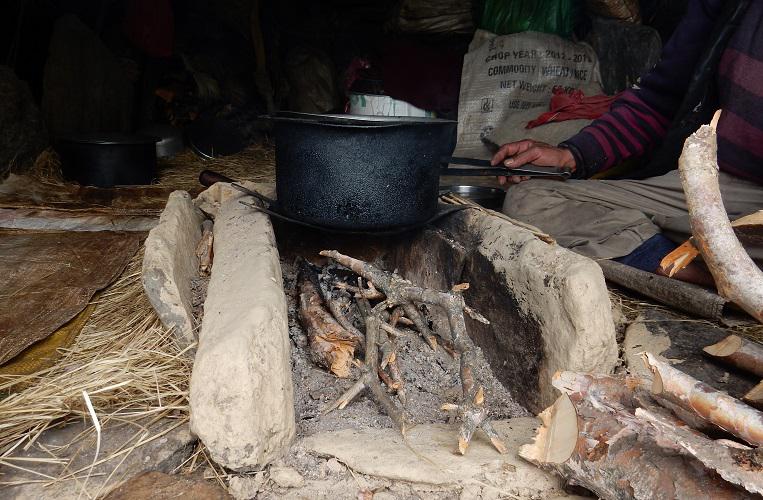Akash Verma
Other projects
8 Sep 2021
Characterizing the Dynamics of Abandoned Agricultural Land and Secondary Forest in the Himalayas for Supporting Livelihoods and Conserving Biodiversity
This study aims to understand the firewood consumption rate by temporary settlements as an indicator for tourism impact on the high altitudes grasslands of Kedarnath Wildlife Sanctuary. The study will compare two sites at similar altitudes with different tourist frequencies. Daily firewood consumption will be monitored along with activities at the settlements and compared with non-touristic settlements to ascertain the impact of tourism on the high-altitude ecosystem of this sanctuary. The results will be used to develop a sustainable harvest model and reduce conflict between the local community and the state forest department over deforestation concerns.

The Himalayan high altitude ecosystems are rich in resources for people to access, but are also prone to over-exploitation. Much like the passenger pigeon, who’s great abundance was its eventual downfall, the Himalayan forests are often considered to be endless providers for the local communities. However, at smaller scales, there is no uniformity in availability of natural resources in the region, especially with the change in altitude. Firewood, being the primary energy source for almost 75% of the state’s population, it is often at the centre of conflict issues. High density settlements at lower altitudes have access to multiple species of plants to harvest for firewood, while low density high altitude settlements with lower temperature and harsher climatic conditions have very few species to choose from for their firewood needs. Adding to the pressure is the increased flux of tourists and pilgrims that throng to the trekking and pilgrimage sites in the state. Combining the above factors, it becomes obvious that Uttarakhand is vulnerable to undetected deforestation and habitat destruction. More so, livelihood of the people is intrinsically linked to these forest resources and must be protected as well.
This study aims to take a holistic approach to finding the balance between conservation of the resources, and protection of people’s livelihood in this sensitive ecosystem.
This study will be conducted in the Kedarnath Wildlife Sanctuary– the largest protected area (975 sq km) in the Himalayas in Uttarakhand state, India, with four main objectives:
I - Comparative study of firewood consumption at two famous tourist and pilgrim routes in Uttarakhand
II - To understand the extent to which external factors influence firewood consumption (e.g., tourist numbers, firewood quality and weather conditions)
III - Understanding the perception of inhabitants on the impacts of firewood harvesting
IV - To develop an informed, sustainable model for firewood harvesting.
The outcomes of this study are crucial in developing an inclusive system for reducing deforestation, while providing for basic energy needs of the communities.